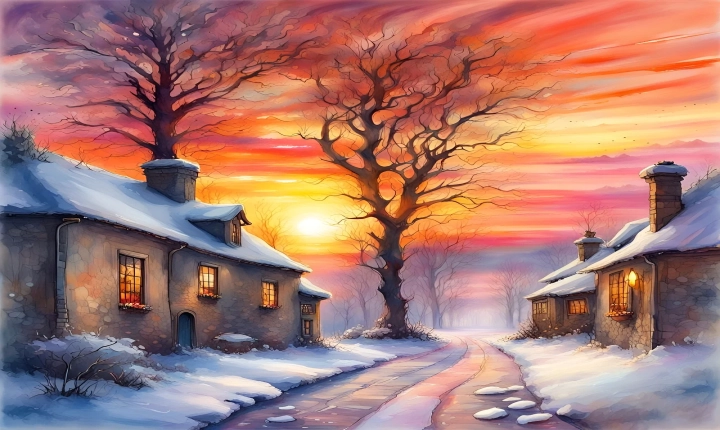Title: Creating AI Art: Exploring the Intersection of Technology and Creativity
Artificial intelligence (AI) has revolutionized diverse fields, including manufacturing, medicine, and transportation. However, one of the most intriguing applications of AI is its potential to produce art. With advancements in machine learning and neural networks, AI can now generate captivating, thought-provoking, and visually stunning artworks. This intersection of technology and creativity has given rise to a new genre of art, presenting both opportunities and challenges for artists and technologists alike.
The process of creating AI art involves leveraging sophisticated algorithms and massive datasets to train AI models to generate original artwork. One of the pioneering techniques in AI art creation is Generative Adversarial Networks (GANs), where two neural networks, the generator and the discriminator, compete with each other to produce realistic art that is often indistinguishable from human-created pieces. This process involves feeding large volumes of artwork into the neural networks, enabling them to learn and emulate diverse artistic styles, techniques, and compositions.
AI art creation also involves the use of techniques such as style transfer, where AI algorithms apply the characteristics of one artwork onto another, leading to mesmerizing and sometimes surreal results. Furthermore, AI can analyze existing artworks to understand artistic principles and then apply this knowledge to generating new, original art pieces.
One of the most notable implications of AI art creation is the democratization of artistic expression. AI enables individuals with minimal artistic training to produce compelling artworks, blurring the lines between professional artists and hobbyists. This democratization has the potential to open up new avenues for creative expression and empower individuals to explore their artistic inclinations without the constraints of traditional artistic skills.
Additionally, AI art creation reflects the symbiotic relationship between human creativity and machine intelligence. Artists can collaborate with AI systems, using them as tools to inspire and augment their creative processes. By harnessing the capabilities of AI, artists can explore new dimensions of art, prompting discussions about the nature of creativity and the role of technology in shaping artistic production.
While AI art creation offers a range of opportunities, it also raises ethical and philosophical questions. The notion of authenticity and authorship in art is challenged, as AI-produced art blurs the distinction between human and machine creativity. Furthermore, there are concerns about the potential devaluation of traditional artistic skills and the commodification of AI-generated art.
In conclusion, the emergence of AI art creation represents a captivating fusion of technology and creativity, redefining the landscape of artistic expression. As AI continues to advance, its impact on art production and appreciation will undoubtedly evolve. It is imperative for artists, technologists, and society at large to engage in thoughtful discourse about the implications of AI art and navigate the complex intersection of technology and creativity with sensitivity and curiosity. AI is not just revolutionizing art but also challenging our perceptions and understanding of what art truly means.
